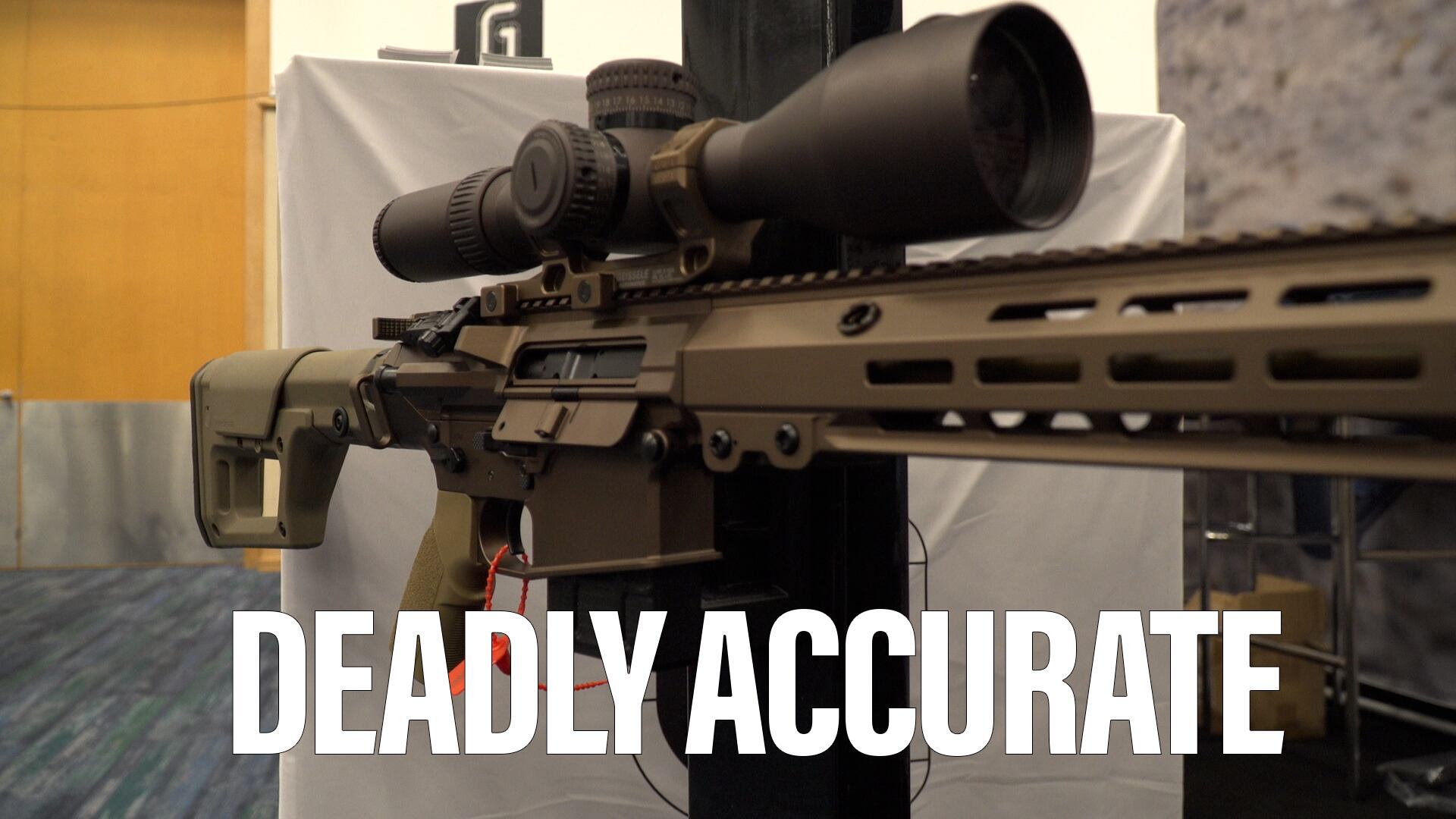WASHINGTON — It’s realistic for the U.S. Army to wait and see how the new coronavirus might affect its ambitious plans to modernize the force, Army Chief of Staff Gen. James McConville told Defense News in a March 18 interview.
With major economic centers on both U.S. coasts restricting public gatherings, and with most of the country attempting social distancing to avoid the spread of the virus, industry as of this week appeared to still be sorting out how it would handle its own workforce and keep employees safe from infection.
Much of what the Army is doing to address its top modernization priorities depends on industry collaboration and efforts.
“We’re watching what is happening,” McConville said. “We do have some high-priority tests that we think are continuing to go, and industry is doing the same thing that we’re doing — they’re putting measures in place with their people. They’re weighing risks to the force and, really, risk to their missions as they do that.”
Some high-priority tests will continue, he said, while “other ones will slow down.”
While he did not list all high-priority tests that would likely go on, McConville noted that the Army is still moving forward with contract awards and making progress where it can. He pointed to the service’s recent contract awards to Bell and Sikorsky to continue to develop and test aircraft for the Army’s Future Long Range Assault Aircraft program.
That contract was awarded on the expected timeline.
The Army also tested its Extended Long-Range Cannon Artillery system at Yuma Proving Ground, Arizona, on March 6, but that was only as uncertainty was just beginning to build in the U.S. regarding the spread of COVID-19.
The service has an abundance of important milestones planned across its modernization priorities this year, to include a robust flight test program for the Precision Strike Missile at White Sands Missile Range in New Mexico, and a likely imminent flight test of a jointly developed hypersonic glide body.
The Army also plans to award contracts to build Future Attack Reconnaissance Aircraft prototypes this month.
But it’s unclear how other programs will move forward.
The previously troubled Integrated Battle Command System for air and missile defense is finally slated to go into a limited-user test in May this year, which is critical to the program’s success.
The Army planned to conduct a series of industry days to restart its effort to competitively procure a Bradley Infantry Fighting Vehicle replacement, but according to sources, a virtual industry day to kick things off has been postponed and the Army plans to post informational slides to industry on Beta.Sam.Gov in the near term instead.
“The acquisition cycle continues to move on,” McConville said, “and we’ll have a better idea over the next 30 to 60 days, as more measures are implemented in certain states, what and how that really plays out.”
Jen Judson is an award-winning journalist covering land warfare for Defense News. She has also worked for Politico and Inside Defense. She holds a Master of Science degree in journalism from Boston University and a Bachelor of Arts degree from Kenyon College.








